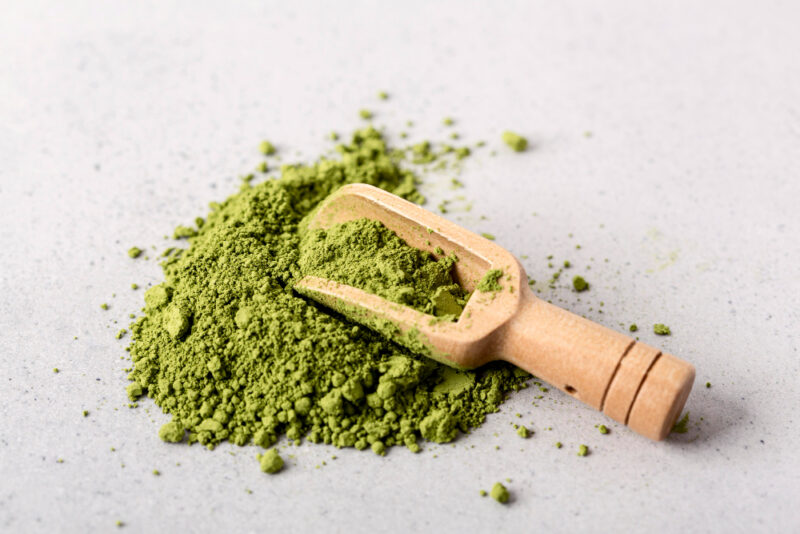As an increasingly popular herbal substance, kratom powder is drawing attention for its unique properties and effects. Originating from the leaves of the Mitragyna speciosa tree indigenous to Southeast Asia, kratom has been used traditionally for centuries in its native regions. With a complex alkaloid profile, high quality kratom powder is now widely available in the Western world, marketed for various uses ranging from wellness support to alternative remedies. Below, we delve into the details of kratom powder, providing a comprehensive guide that addresses common questions and curiosities.
Understanding Kratom
The journey of kratom begins in the lush rainforests of countries like Thailand, Malaysia, and Indonesia. Natural to these tropical climates, the Mitragyna speciosa tree grows wild and has been harvested by local cultures for generations. The tree’s leaves contain active compounds, principally mitragynine and 7-hydroxy mitragynine, which are responsible for kratom’s effects.
Kratom works by interacting with the brain’s opioid receptors and can result in pain relief, euphoria, or sedation, depending on the strain and dosage. Kratom can stimulate serotonin and norepinephrine pathways, contributing to its mood-enhancing and stimulant effects. Consequently, it has a unique dual nature, where lower doses often produce stimulant effects while higher doses tend toward sedation.
The traditional methods of kratom use include chewing the raw leaves or brewing them into a tea. However, as kratom gained international interest, the leaves started being ground into a fine powder for easier consumption and distribution. This transition allowed for more versatility, making it possible for users to integrate kratom into capsules, extracts, and other forms.
Kratom powder is the result of drying and grinding the leaves to create a more concentrated and user-friendly product. The quality of the final product depends significantly on a variety of factors, including the strain of the tree, the age of the leaves, and the specific drying techniques used. Producers dedicated to offering quality kratom powder engage in meticulous processes to ensure the powder retains its potency and purity.
The Various Strains of Kratom and Their Effects
Kratom strains are typically classified by the color of the veins in the leaves from which they are harvested: red, green, and white. Red vein kratom is known for its calming effects and potential to provide pain relief. Green vein kratom strikes a balance between the other two, offering mild stimulation and mood enhancement. White vein kratom, on the other hand, is often sought out for its energizing and nootropic effects.
Furthermore, the geographical origin of the strains adds another layer of classification, with names like Bali, Maeng Da, and Borneo indicating their specific regions. Each strain carries the signature effects linked to its vein color and possesses unique properties influenced by its native soil and climate conditions. Consumers may, therefore, experience varying effects and potency between strains, making personal experimentation and research important.
In addition to the common strains, specialized blends and enhanced varieties exist. These buds are designed to amplify specific effects, such as increased relaxation or focus. As the array of available kratom products continues to expand, users are granted an extensive selection to meet their individual preferences and needs.
How To Use Kratom Powder Safely and Effectively
Kratom users frequently cite various uses for the plant, including managing chronic pain, overcoming opioid withdrawal, and as an adjunct for mood disorders like clinical depression and anxiety. The analgesic properties can be empowering for those suffering from conditions that yield debilitating pain, providing an herbal alternative to conventional painkillers.
Methods of consumption also play a role in the experience of kratom powder. Some users prefer to mix the powder into beverages such as tea or smoothies, while others opt for “toss and wash,” which involves quickly swallowing the powder with water. Each method affects onset time and the duration of effects, providing users with options to tailor their experience.
The foundation of safely using kratom powder lies in understanding dosages and listening to one’s body. New users should start with small amounts to gauge their sensitivity and gradually increase as needed. Because kratom’s effects can vary significantly based on the dose taken, it’s necessary to establish a responsible routine. Additionally, users should consult with a healthcare professional before starting.
Altogether, kratom powder offers intriguing possibilities for various applications, ranging from wellness and self-care to potential therapeutic uses. While the benefits of kratom are supported by centuries of traditional use, contemporary discussions around its safety and legality emphasize the need for conscientious consumption and additional research.










